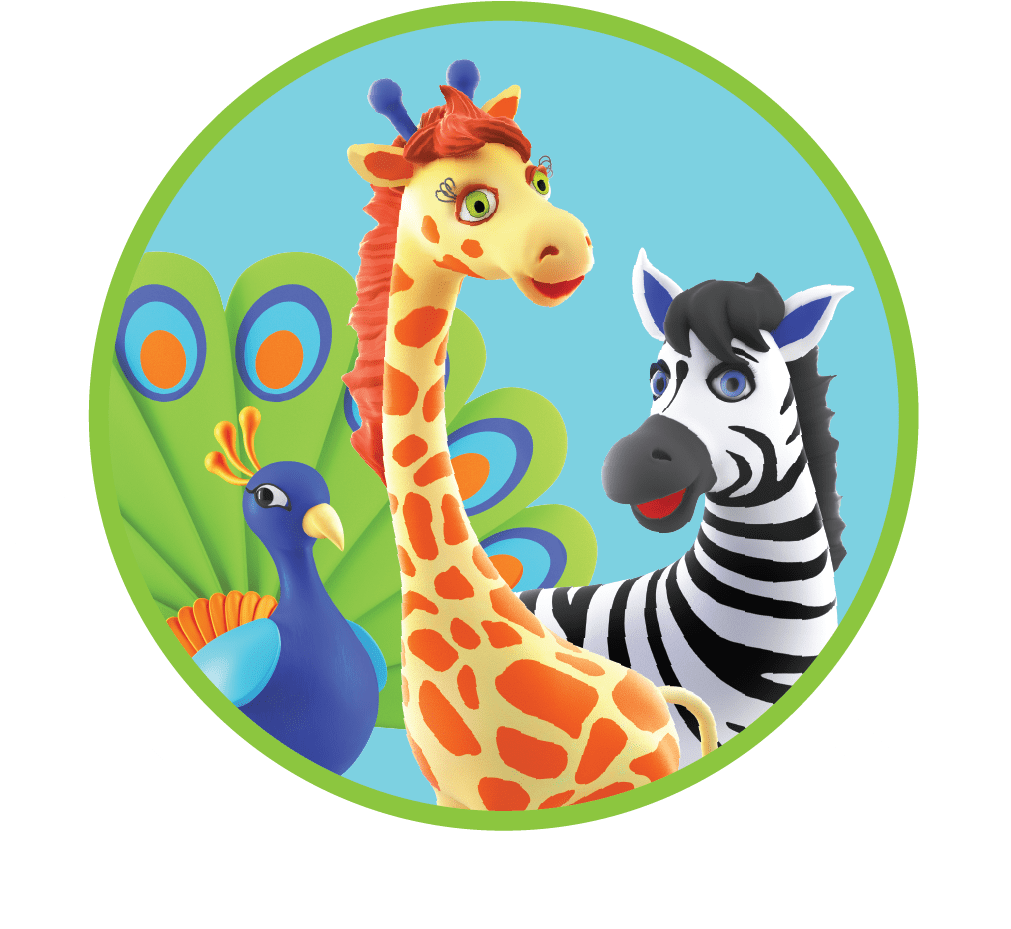Sunny days invite children outdoors for play, sports, and family fun. However, prolonged exposure to harmful ultraviolet (UV) rays can pose risks, including sunburn, skin damage, and long-term risks like skin cancer. Children’s Medical Group emphasizes proactive sun safety strategies to keep your children protected while enjoying outdoor activities.
Understanding UV Rays and Risks
UV rays from the sun are categorized into UVA and UVB types. UVA penetrates deep into the skin and contributes to premature aging, while UVB rays cause sunburn and can damage superficial skin layers. Children’s delicate skin is especially vulnerable to these harmful effects, making diligent sun protection crucial from an early age.
Choosing and Applying Sunscreen
Selecting the right sunscreen is vital. Pediatricians recommend broad-spectrum sunscreen with an SPF of 30 or higher, which protects against both UVA and UVB rays. Apply sunscreen generously at least 15-30 minutes before sun exposure, and remember commonly overlooked areas such as ears, neck, and the tops of feet. Reapply sunscreen every two hours, and more frequently after swimming or excessive sweating. Refer to resources like the American Academy of Dermatology for additional sunscreen tips (AAD Sunscreen FAQs).
Protective Clothing and Accessories
Besides sunscreen, proper clothing and accessories significantly reduce UV exposure. Lightweight, long-sleeved shirts and pants made from tightly woven fabric offer good protection. Hats with wide brims help shield the face, neck, and ears, areas particularly susceptible to sunburn. Sunglasses with UV protection safeguard children’s sensitive eyes, preventing damage and discomfort.
Importance of Hydration
Children can become dehydrated quickly during outdoor play, especially in warmer weather. Ensure regular water breaks, providing ample fluids throughout the day. Encourage your child to drink water proactively rather than waiting until thirsty, as thirst indicates the onset of dehydration.
Recognizing and Managing Mild Sunburn
Despite precautions, mild sunburns may occasionally occur. Symptoms include redness, mild swelling, and skin warmth or tenderness. Immediate relief can be provided by applying cool compresses or taking cool baths. Aloe vera gel or hydrating lotions can soothe affected areas. Avoid applying petroleum-based products or creams containing benzocaine, as these can irritate sunburned skin. It’s crucial to keep your child hydrated and away from further sun exposure until the skin heals.
When to Seek Medical Attention
While mild sunburn can be managed at home, severe sunburn requires medical evaluation. Signs of serious sunburn include blistering, severe pain, fever, chills, confusion, or lethargy. If these symptoms occur, contact your pediatrician promptly for further assessment and treatment.
Additional Sun Safety Tips
Plan outdoor activities during early morning or late afternoon hours when UV rays are less intense. Remember that UV rays can penetrate clouds, so sun protection remains essential even on cloudy days. Provide shaded areas for play, utilizing umbrellas, tents, or natural shade sources whenever possible.
Enjoying the outdoors safely is an integral part of healthy childhood development. Children’s Medical Group encourages parents to adopt consistent sun safety practices, protecting children from harmful UV rays and ensuring happy, healthy outdoor experiences.


